areas above and behind vent hood covered in mold
Why does mold keep growing in my under cabinet vent hood?

We're onto our third vent hood now and I'm totally flabbergasted as to how this keeps happening. We also found mold growing behind and above the one we just removed (UGH!). There's also some mold in the ducting. Our ducting goes straight up and then out to the side of the house. We have a gas cooktop. I'd really appreciate any advice before I go out and spend more money on another vent hood. Thanks in advance.
Related Discussions
How to get rid of mice?
We seem to have some unwelcome Mickeys and Minnies in our house. What is the best way to get rid of them?
How to remove popcorn ceiling with asbestos?
I want to remove my popcorn ceiling, but it has asbestos in it. How do I go about this safely?
How to caulk baseboard gaps?
How do I fill gaps at baseboard, should I caulk? If so, does anyone know how to caulk baseboards?
How to fix squeaky hardwood floors?
How do I fix squeaky hardwood floors?
What can I do about wood smoke coming into my house?
I need help. My back door neighbor heats with a wood stove all winter. They are downhill from me. Almost all their smoke makes its way into my house, causing headache... See more
A/C question: My outside unit runs, but no air is being pushed through the vents in the house.
It has been about a year since my last tune up, and I am wondering if a tuneup might be all I need, in order to avoid a service call and diagnostic fee and any other ... See more
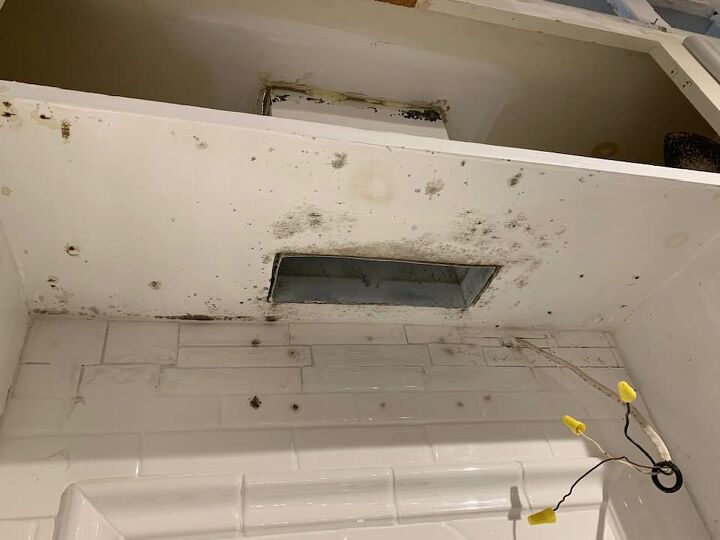
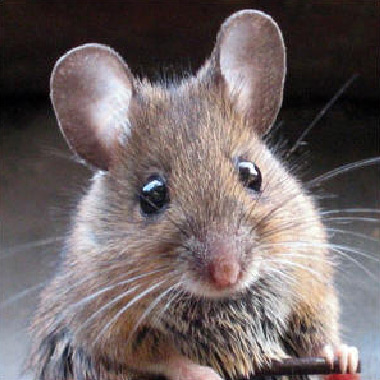
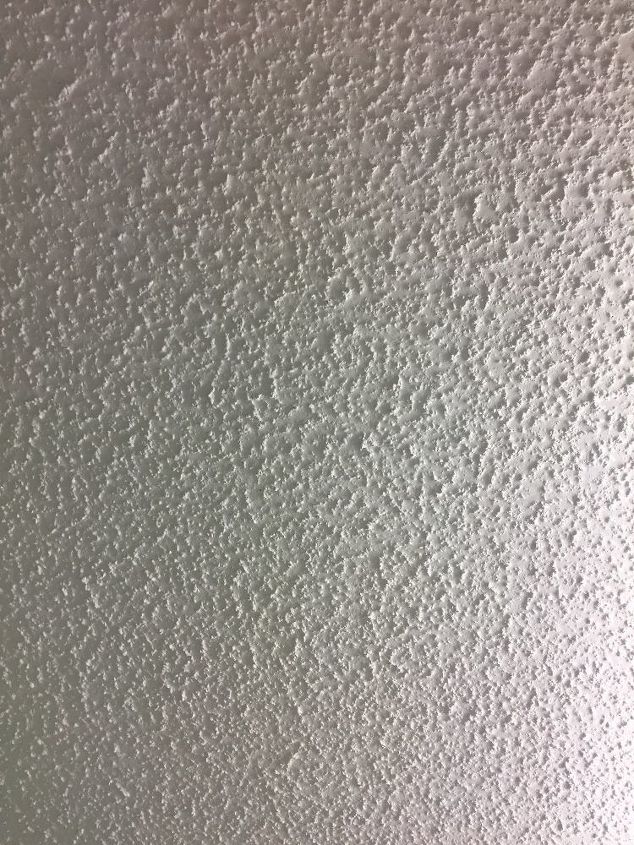
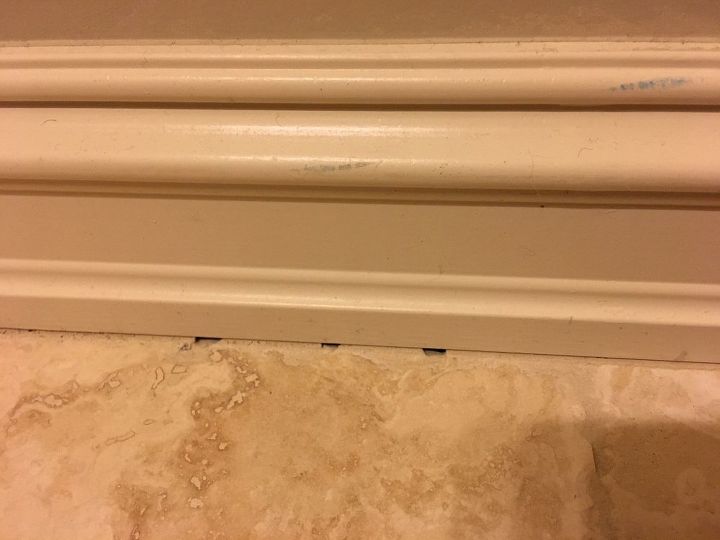
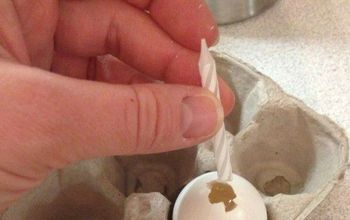
have you checked to make sure the duct does not have any obstructions or air leaks?
Hi Colette,
Does if have doors that close? The moisture that the hood is drawing out is getting stuck there and kitchen bacteria is causing the mold. Try wiping it with 50/50 mix of vinegar and water with a few drops of Dawn on a regular basis. If that doesn't work, it's possible that there is something wrong with your hood installation. Wishing you the best.
Do you mean cabinet doors? Yes, but they were removed ages ago and haven't been put back. It's probably the hood installation. Thank you!
If the outside vent has a flapper make sure it opens and closes freely. Also the force of the hood fan running opens flapper. If there is no flapper the cool outside air can be preventing the warm/hot air from getting out. It drops back causing moisture to form and mold. A log run of pipe can cause the air to drop back also.
Hi Colette - There are several ways to get rid of mold, but most importantly, you need to address the root cause to keep it from returning. This article focuses on the bathroom, but is an overall great article that covers methods of how to remove mold, if bleach is safe to use, and how to prevent it from coming back. Hope this helps! Hugs, Holly
https://pinkfortitude.com/mold-in-the-shower/
PS - We have a FREE eBook with recipes for all of my homemade and all-natural cleaners. You can download it here --> https://pinkfortitude.com/thank#GreenClean
Thank you Holly.
In your photo it does show 3 1/4 X 10 duct up to the ceiling. Those kind of installs are standard. And also took less space in the cabinets. You need to check the new vent hood instructions for round duct size. New hoods require either 6" or 7" round duct. Some even require 8". Above the ceiling you would need a transition boot from 3 1/4 X 10 to the appropriate round pipe size. An elbow (if needed), length of round pipe to the outside wall, then the vent itself. The proper way would be to install the transition boot inside the cabinet at the hood and then go with round pipe the rest of the way. Of course, it would take up space in the cabinet.
https://www.lowes.com/pd/IMPERIAL-10-in-x-3-25-in-x-6-in-Galvanized-Steel-Straight-Stack-Duct-Boot/1000237099
https://www.lowes.com/pd/IMPERIAL-10-in-x-3-25-in-x-7-in-Galvanized-Steel-Straight-Stack-Duct-Boot/1000228333
https://www.lowes.com/pd/Broan-Transition/3620874
Yes. Some new range hoods do provide options for round or rectangular connections. Hope this solves your mold problem. I cannot think of anything else that could be responsible.
Insulating the duct will reduce noise and vibration when the hood is on. If the duct runs through an unheated space it can help prevent condensation and moisture problems. Before insulating make sure all connections are sealed. Use foil tape. Don't use duct tape because it will not provide a good seal and degrades quickly.